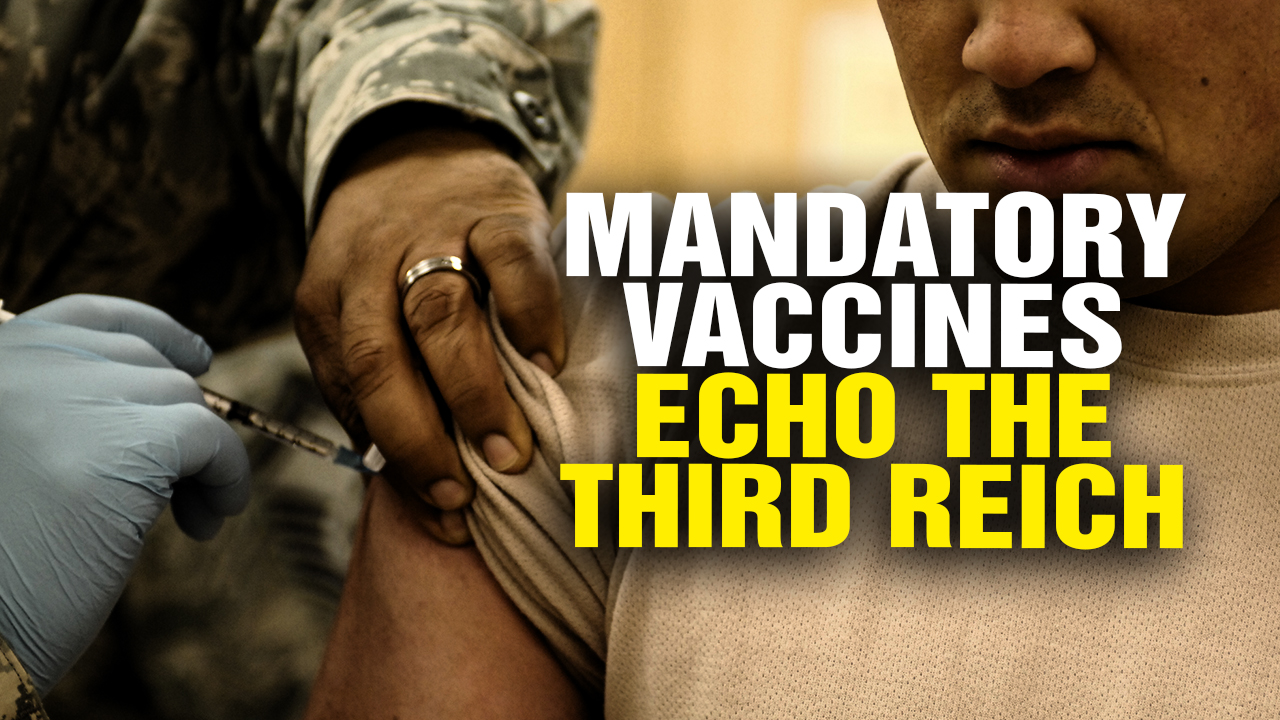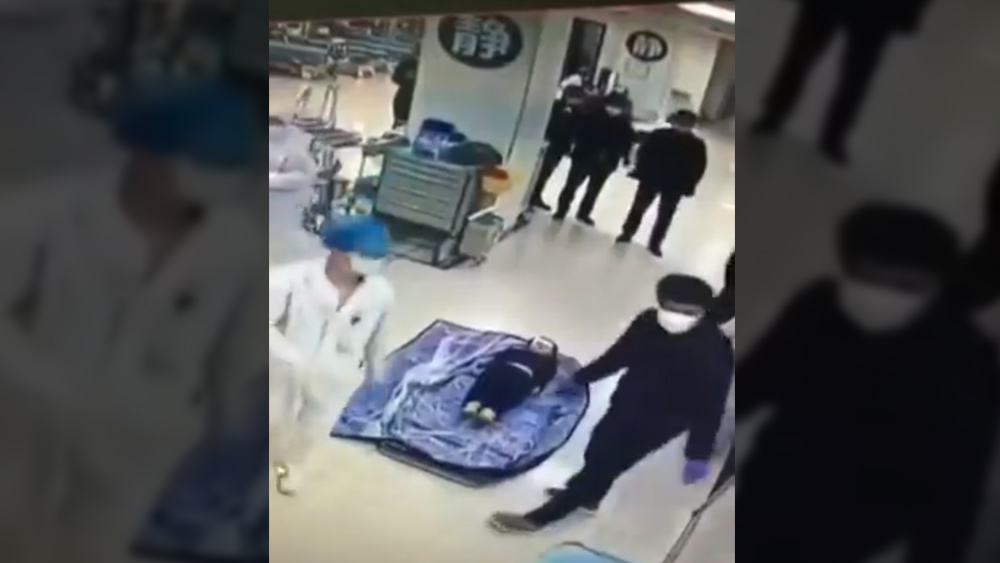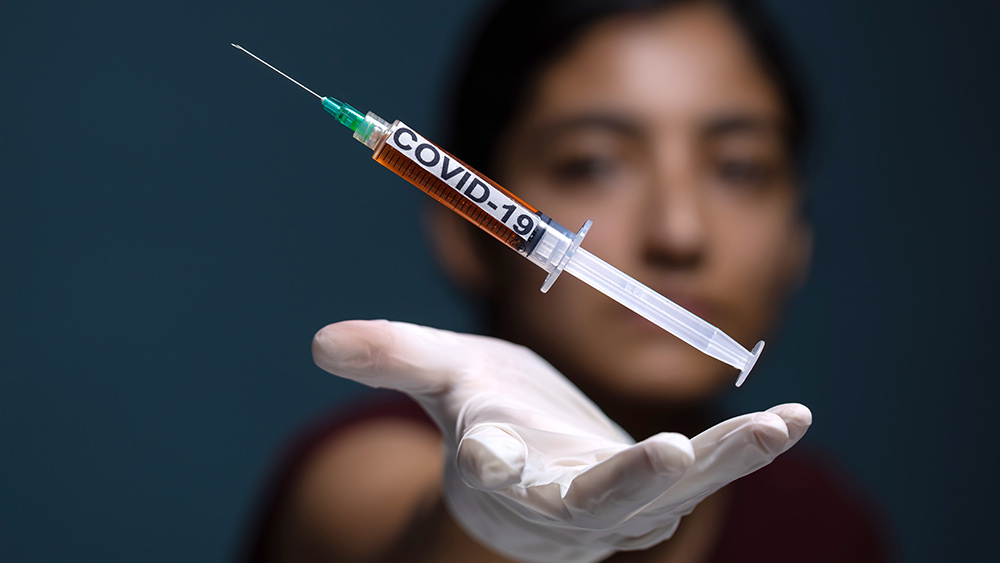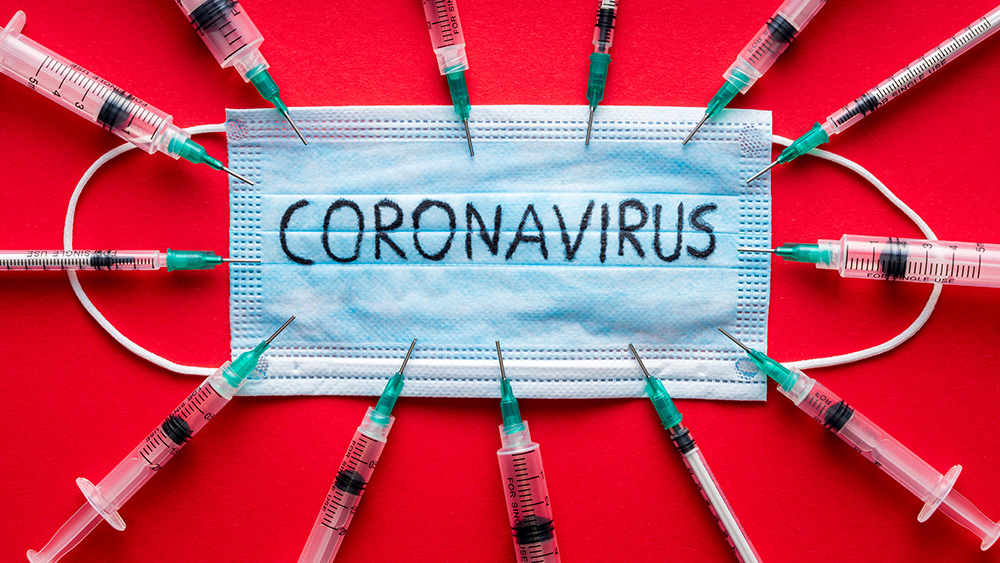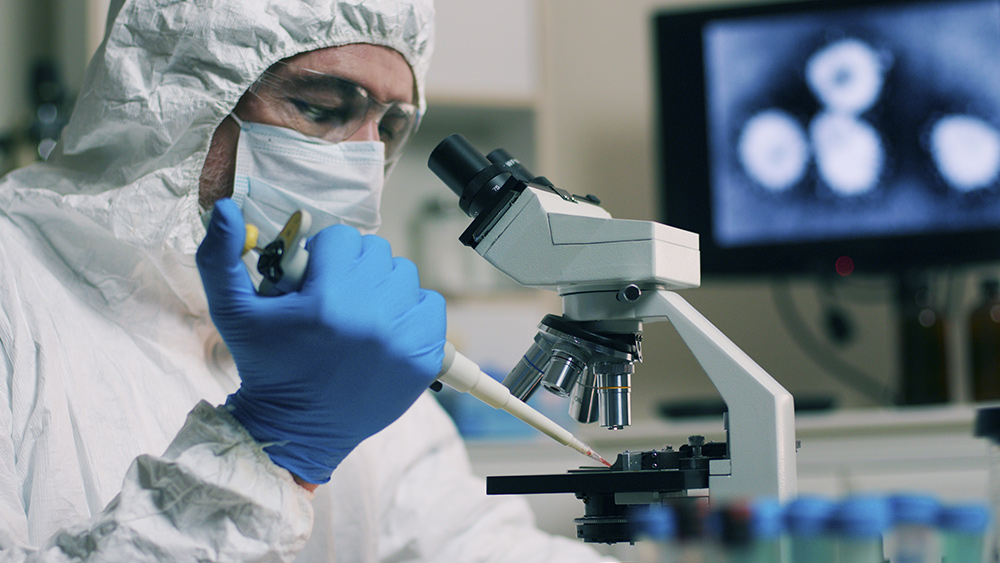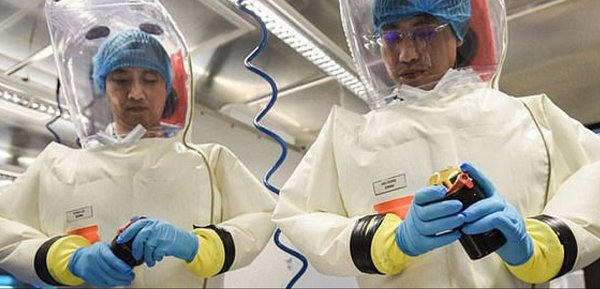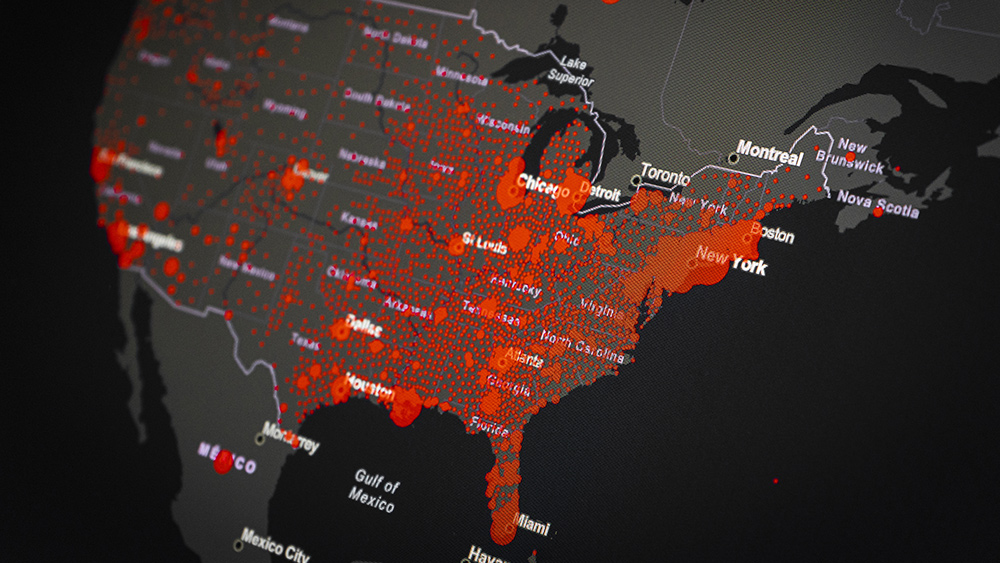One nursing home stopped the coronavirus through regular testing
06/07/2020 / By Franz Walker

Nursing home residents remain some of the most vulnerable to the Wuhan coronavirus (COVID-19). A California nursing home, however, seems to have successfully contained the spread of the virus through regular testing.
According to a Kaiser Family Foundation report released in May, nursing homes currently account for more than half of all coronavirus fatalities in 14 states. The situation has been complicated by the fact that many care facilities have not been forthcoming with information on coronavirus outbreaks in their premises. (Related: Thousands dying of coronavirus in nursing homes, but government isn’t keeping track.)
LA nursing home saved lives with testing
The Centers for Disease Control and Prevention’s Morbidity and Mortality Weekly Report shows that one skilled nursing facility that was part of the Veterans Affairs Greater Los Angeles Healthcare System was able to successfully identify, contain and eventually stop a COVID-19 outbreak.
On March 28, two patients at the Los Angeles-based facility tested positive for the coronavirus. In response, the nursing home tested all 99 of its residents as well as its 136 staff members. With the testing, they were able to limit the spread of the virus to 19 residents and eight staff members. Only one resident died because of COVID-19.
To be able to fight the coronavirus as well as they did, the nursing home started daily screenings of symptoms among residents and staff. In addition, everyone was also tested weekly.
The testing allowed the facility to identify a significant number of asymptomatic carriers — those who did not show any symptoms of COVID-19. Of the 19 residents who tested positive, 14 were asymptomatic. Meanwhile, four of the eight staff also didn’t show symptoms.
Most of the residents who tested positive did so during the initial month after the disease was detected. The testing regimen conducted by the staff allowed them to limit the spread of the disease after those initial weeks, preventing the outbreak from spreading among the rest of the residents.
Actual nursing homes deaths could be double official numbers
While the Los Angeles nursing home was able to stop the coronavirus, other nursing homes around the country have not been as lucky. According to data released by the Centers for Medicare and Medicaid Services (CMS) on Monday, nursing homes have seen nearly 26,000 resident deaths and 449 staff deaths from the coronavirus to date.
The CMS’s report covers responses from about 12,500 nursing homes. This represents around 80 percent of the total number of facilities. In addition, some of the facilities may have chosen to include earlier deaths, but the exact number of which was not specified.
The data shows that one in four nursing homes has at least one COVID-19 case and that one in five has had at least one coronavirus-related death.
“This data, and anecdotal reports across the country, clearly show that nursing homes have been devastated by the virus,” Dr. Robert Redfield, CDC director, and Seema Verma, CMS administrator, wrote in a letter to governors.
The figures that the CMS released are significantly lower than other estimates, however, as they only capture a part of the total coronavirus deaths from nursing homes.
Currently, the federal government does not require nursing homes to report data on cases of deaths that happened before May. In addition, nearly 3,000 nursing homes have yet to submit their data to the government.
Data from assisted living facilities is also not included in the report as these are not regulated by the federal government.
A separate tally, conducted by NBC News, counts nearly 40,000 coronavirus-related deaths associated with nursing homes, assisted living and other long-term care facilities. This represents nearly 40 percent of all coronavirus deaths in America. However, even the NBC News tally may be an undercount — a handful of states have yet to release their nursing home death tolls.
The gaps and inconsistencies with the data have prevented a comprehensive accounting of the coronavirus’s impact on long-term care facilities. According to David Grabowsky, a health policy professor at Harvard Medical School, this undermines both the country’s ability to understand why some facilities have been more vulnerable and the government’s efforts to contain the disease.
“We don’t have any information to really tell us where did this emerge, what was effective in controlling it and what wasn’t effective,” he said.
Sources include:
DocumentCloud.org [PDF]
Tagged Under: California, CDC, CMS, coronavirus, coronavirus testing, covid-19, deaths, Flu, infections, long-term care facility, Los Angeles, nursing home, outbreak, pandemic, superbugs, testing


